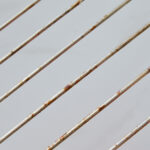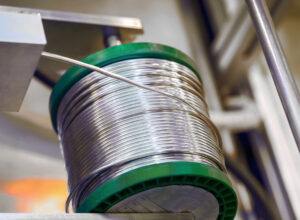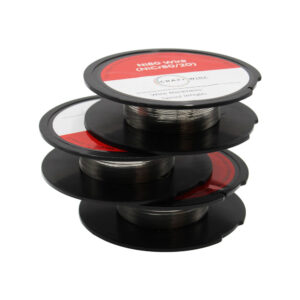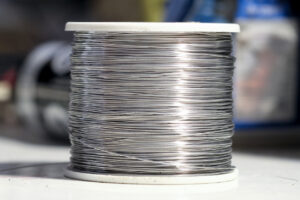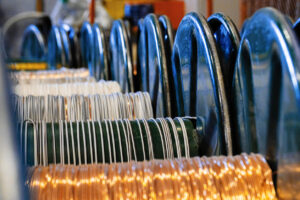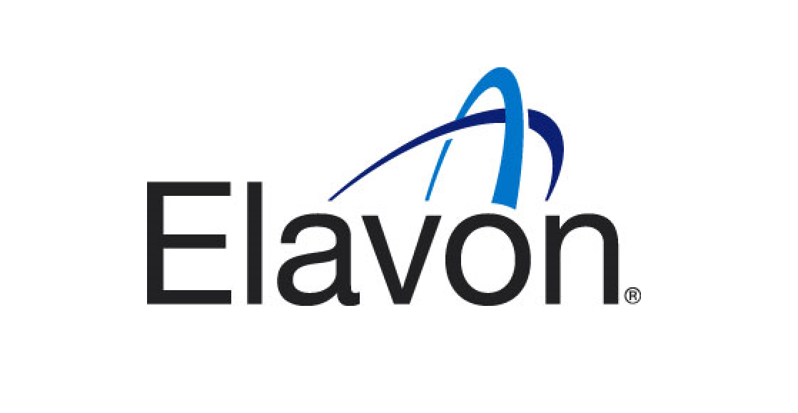An ancient art of cultivating miniature trees, bonsai requires patience, precision, and attention to detail. Wiring – a technique used to train and style these trees into aesthetically pleasing shapes that mimic their full-sized counterparts – is central to this art form.
There have been various materials used for bonsai wiring over the years, but stainless steel wire stands out for its effectiveness and reliability.
Many bonsai artists prefer stainless steel wire because of its durability and versatility.
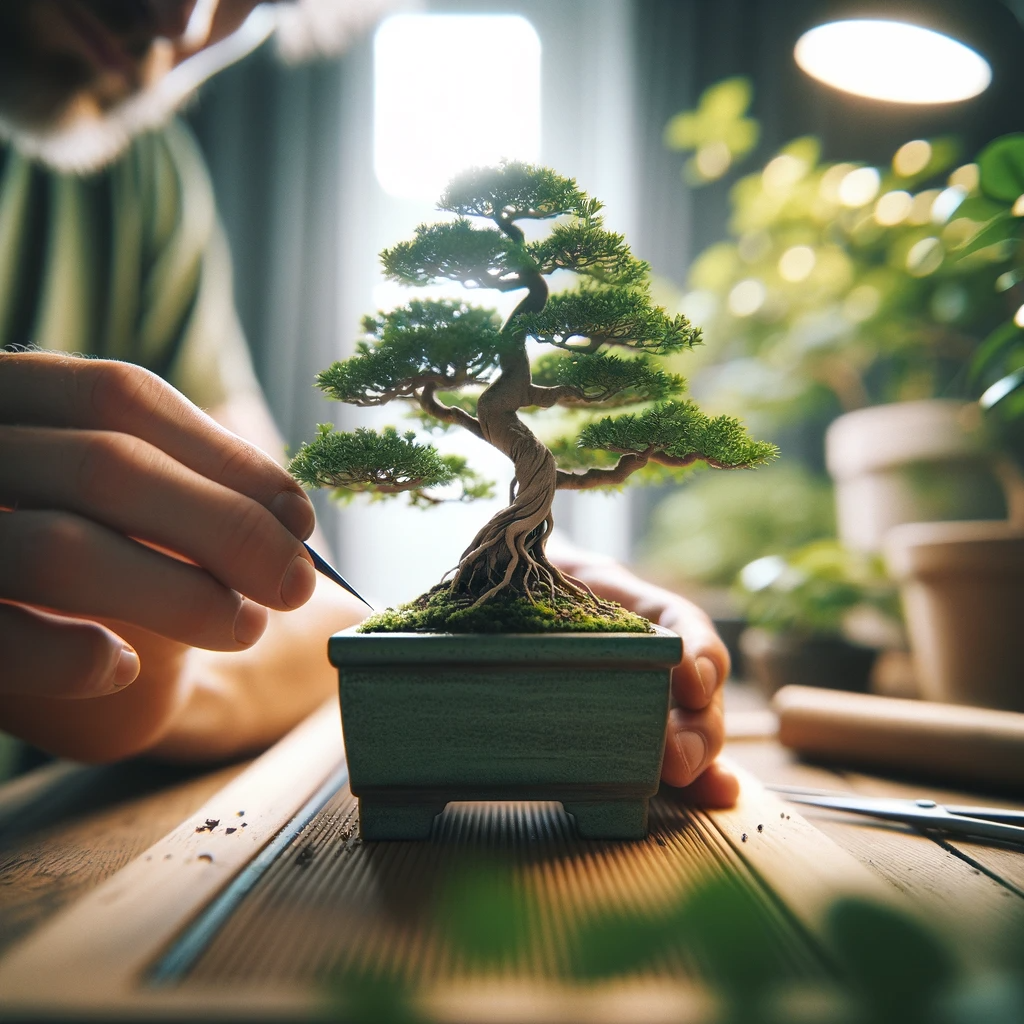
This article delves into the world of bonsai wiring, highlighting the role of stainless steel wire in crafting these intricate and elegant forms.
Let’s go…
The Basics of Bonsai Wiring
The purpose of bonsai wiring is to shape and direct tree branches and trunks carefully. Bonsai artists can direct the growth of these parts by strategically wrapping wire around them. In order to achieve the miniature tree’s aesthetic appeal and to maintain its structure over time, this technique is essential.
In the past, copper and aluminum have been popular materials for bonsai wiring. However, stainless steel wire has emerged as a contemporary alternative that has several advantages. The metal is less likely to cut into growing bark than copper, and is stronger and less malleable than aluminum, making it an ideal choice for beginners and seasoned bonsai growers alike.
Why Stainless Steel Wire for Bonsai?
Bonsai artistry benefits greatly from stainless steel wire. Its strength allows it to hold branches in place without needing frequent adjustments. In addition to this strength, thinner gauges can be used compared to other materials, which is less intrusive and more aesthetic.
Flexibility is another key attribute of stainless steel wire. It can be manipulated easily, allowing precise placement and adjustment, which is crucial in bonsai shaping. Furthermore, it is corrosion-resistant. In contrast to other metals, stainless steel does not rust or degrade, so it will not harm trees over time.
For thicker branches or older trees, stainless steel wire offers greater holding power than aluminum. In some situations, aluminum’s softer nature may make it less effective at maintaining the desired shape.
Selecting the Right Wire Thickness
Wiring bonsai successfully requires the correct thickness of stainless steel wire. The wire should be strong enough to hold the branch in place, but not so thick that it damages the tree. Wire diameters should be about one-third the diameter of the branch being wired.
Here’s a breakdown of wire gauges and their uses:
- 1mm Wire: The wire is ideal for wiring small branches on young trees or trees that are delicate or young. In spite of the fact that it is flexible, it is still strong enough to hold the desired shape.
- 1.5mm Wire: The size of this bonsai tree is versatile, appropriate for medium branches on most bonsai trees. There is a good balance between the strength and malleability of this material.
- 2mm Wire: In order to maintain the shape of thicker, more established branches, this is best used when additional strength is needed.
It is also important to consider the type of tree when choosing the wire gauge. Woods that are softer may require wire that is thinner, while woods that are harder may require wire that is thicker. It is possible that a 1mm wire would be suitable for a delicate maple branch, but a 2mm wire would be a better option for a sturdier juniper plant.
Techniques for Wiring Bonsai with Stainless Steel Wire
Wiring a bonsai tree with stainless steel wire is a delicate process that requires patience and precision. Here’s a step-by-step guide:
Selecting the Wire: The thickness of the wire should be matched to the branch’s size, usually about one-third of the diameter of the branch.
Anchoring the Wire: The first thing you should do is anchor the wire to a sturdy part of the tree, such as the trunk or a thicker branch of the tree. As a result, the smaller branches are able to be shaped on a stable base.
Wiring the Branches: Using a spiraling wire, begin to wire the branch at the base, wrapping the wire around the branch in a spiraling pattern. It is recommended that the coils should be angled at about 45 degrees and spaced evenly. It is important to ensure that the wire is snug against the branch, but not too tight.
Shaping the Branches: After the branch has been wired, gently bend the branch to the desired position once it has been wired. The branch should be bent gradually; sharp bends can cause the branch to be damaged.
Avoiding Common Mistakes: Ensure that the wires are not overlapped as this can cause damage to the bark of the tree. It is important to take care not to wire branches that are too young or fragile. During the tree’s active growth period, it is best to avoid wiring, as this can harm the new growth on the tree.
Finishing: Make sure that any excess wire is cut off using wire cutters. The ends of the rope should not point towards the tree in order to prevent injuries from occurring.
Case Studies: Successful Bonsai Shaping with Stainless Steel Wire
Case Study 1: A Japanese Maple Bonsai
- Before: There was uneven growth in the tree, with branches extending haphazardly.
- Process: To create a more balanced and aesthetically pleasing structure, we used 1.5mm stainless steel wire.
- After: An effective wiring technique can transform a bonsai’s appearance, displaying a harmonious and traditional bonsai form.
Case Study 2: An Old Juniper Bonsai
- Before: The tree lacked definition and shape.
- Process: A 2mm stainless steel wire was applied to the primary branches, repositioning them to improve the tree’s natural flow.
- After: With a well-defined structure, the Juniper displayed a dramatic improvement in form.
Maintaining and Caring for Wired Bonsai Trees
Regular Inspection: Keep an eye on wired branches for any signs of cutting into the bark or restricted growth on a regular basis. When the wire starts to bite into the bark, it is time to remove it from the tree.
Adjustments: It is possible that adjustments will need to be made as the tree grows. If the branch has grown significantly over the last few months, you may need to loosen and reposition the wire carefully.
Wire Removal: If you are going to remove the wire carefully, use wire cutters to cut each coil and unwind it gently. The wire should not be pulled or torn in any way.
Aftercare: Upon removing the wire, ensure that you monitor the branch to ensure it maintains its shape for as long as possible. In order to strengthen the branch, you may need to provide support until it becomes stronger.
Health Monitoring: The overall health of the tree should always be kept in mind, ensuring that it receives adequate amounts of water, light, and nutrients, especially after wiring, which can be stressful for the tree.
Our Stainless Steel Bonsai Wire Range
Our extensive selection of stainless steel bonsai wires is tailored to meet the diverse needs of bonsai enthusiasts and artists. In addition to 1mm diameter wire, which is perfect for shaping delicate, smaller branches, we offer 2mm diameter wire, which is ideal for shaping larger, more mature branches. Wire gauges are carefully crafted to ensure strength and flexibility, allowing your bonsai trees to be shaped with precision.
Whether you are building a single bonsai tree or a collection, our wires come in a variety of lengths to suit your needs. We understand that each bonsai is unique, which is why we offer a variety of wire options. In addition to ensuring longevity, our stainless steel wire maintains the health and appearance of your bonsai trees.
Bonsai artists can confidently shape and style their trees using our wires, knowing they are using a product that is both efficient and aesthetic.
Stainless steel wire offers a combination of strength, flexibility, and durability that makes it an ideal choice for bonsai artistry.
It allows for precise shaping and training of bonsai trees, bringing elegance and beauty to this traditional craft. We at The Crazy Wire Company are committed to providing high-quality stainless steel bonsai wires to support your creative journey.
Whether you are a seasoned bonsai artist or just starting, our range of stainless steel wires is designed to help you achieve your vision. Explore our collection and discover the perfect wire for your next bonsai project.
We offer also a massive range of stainless steel wire and nichrome wire through our store. Choose the wire that you want to work with and we’ll get spooling.
If you’re interested in learning more about wire, check out our other blog on Everything You Need to Know About Wires.
We are also proud to supply this product on our highly popular eBay store, check us out there too.
Thank you for checking out our site.
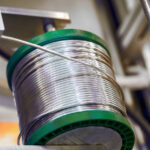
Nichrome Wire Safety: Top Tips for Working Safely
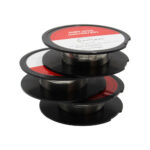
Best Wire for Electronics Projects
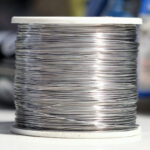
Is Ni80 Wire Suitable for DIY Heating Elements
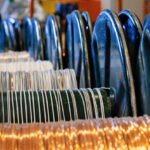
Wire Grades Explained
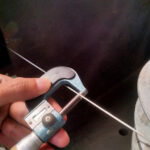
How Wire Diameter Affects Strength and Flexibility
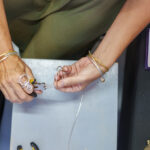
How to Cut and Shape Wire for Custom Applications

Can Wire Be Used in 3D Printing?
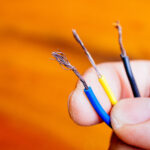
How Wire Composition Affects Conductivity
